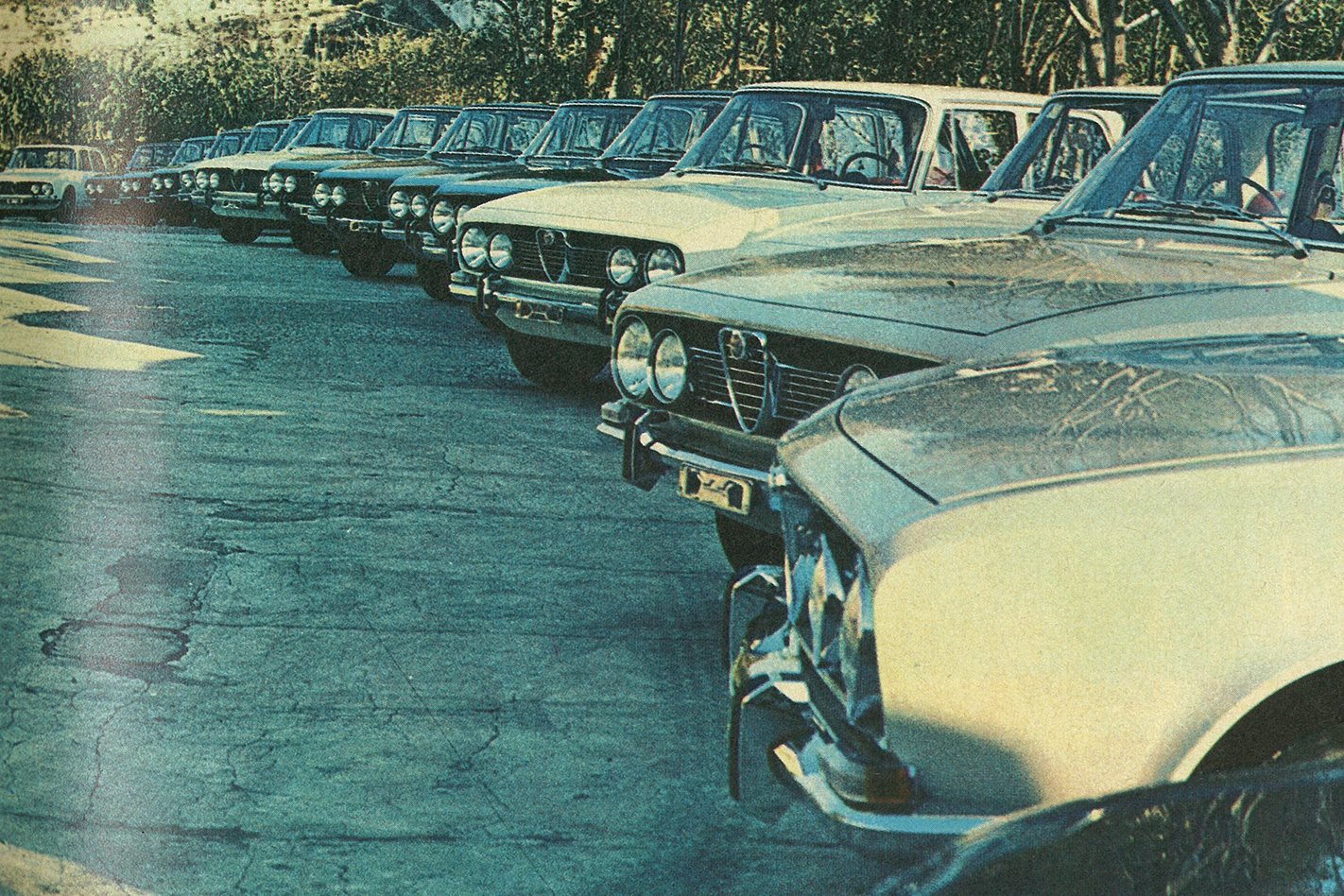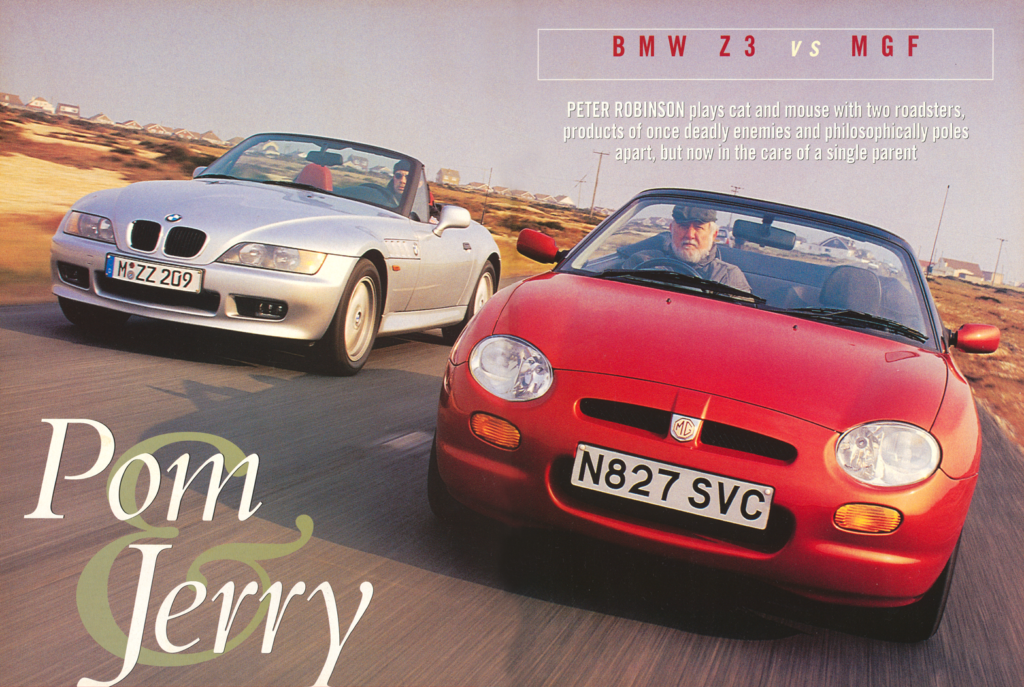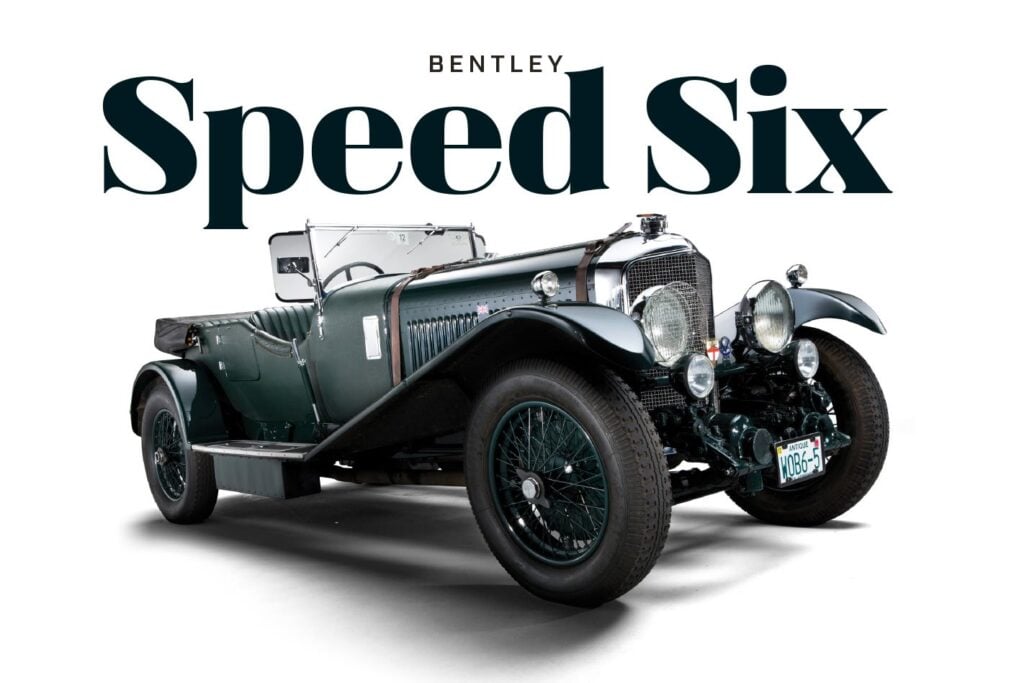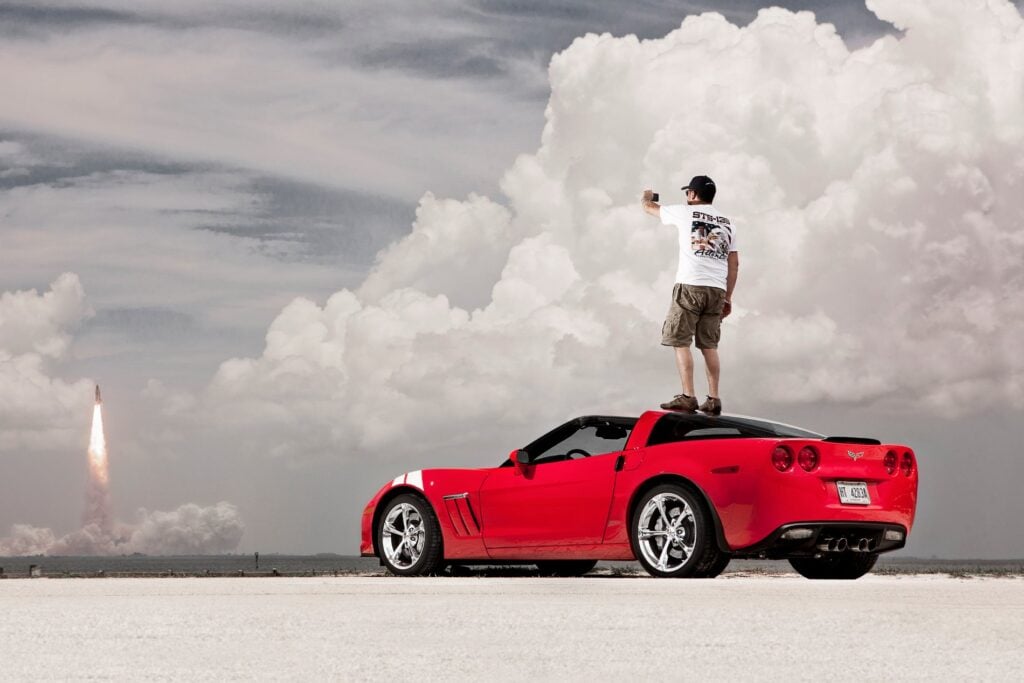In 1968, a former Wheels editor scored what was then a very rare invitation on an international launch. Here’s what unfolded in that Alfa Romeo 1750 on Italy’s Amalfi Coast.’
Read Ian Fraser’s classic story, as published in the May 1968 edition of Wheels.
Today, Australia’s motor noters travel the world, virtually on a weekly basis. So frequent are the overseas launches that a couple of the more travel-weary hacks now enjoy the privileges of Qantas platinum one status, reserved for those unfortunate people who are almost constantly in the air.
Not so in the 1960s. Although a couple of Australian motoring writers moved to England to work in the late 1950s – most famously Harold ‘Dev’ Dvoretsky (Modern Motor) and Doug Blain (Wheels and Sports Car World) – in the years before the coming of the Boeing 707, few Australians were invited to international launches, which then took place almost solely in Europe.
In 1968, Ian Fraser, former Wheels editor and later freelancer (before becoming editor and then owner of Car magazine in the UK), scored an invitation to the Alfa Romeo 1750 Berlina launch in Italy.
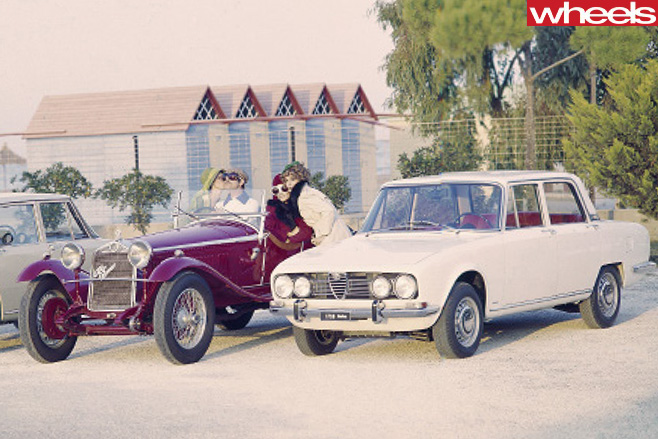
To get the hacks in the mood, a Type 33 sports racing car sat in the car park, though it was pointed out the keys had been returned to Autodelta, Alfa’s racing division, in Milan. So any thoughts of a demonstration run in the Targa Florio winner were dashed. Also on hand was an original 1934 1750 roadster, one of many great Alfas from the era.
Mixing it with “a veritable United Nations” of motoring writers – German, French, Italian, Czech and British – Fraser was careful to select his car early for his getaway on the percorso di prove, the route chosen by Alfa to best show off a new model that, in Fraser’s words, had a “clean, rather ordinary appearance”.
In those times, when BMW was just getting into its stride, Alfa Romeo built the sports sedans, with twin-cam engines, five-speed gearboxes, four-wheel discs brakes, compact dimensions and light weight. Exotic for the 1960s.
The 1750 followed the 1.6-litre Giulia Super (Fraser’s daily drive back home) and Ti Sports sedans, with a slightly longer wheelbase, more power and torque from the bigger capacity (still just 1.8-litre) engine with its twin-choke Weber carburettors, and gearing that allowed almost 6000rpm in fifth. Alfa proudly pointed out that 14-inch wheels replaced the 15s on the Super.
Helped by enthusiastic traffic cops along the drive route, who encouraged “at least 7000rpm in second, clouds of tyre smoke and half a lock of correction”, Fraser happily played the “privileged hoon”.
Launches now are a little less like road races, even in Italy.
Food for thought
Alfa trips to Italy, always as much cultural events as opportunities to drive the latest models, achieved legendary status in the 1970s. The 1976 Ciao Tour, seven days in duration (compared with today’s one or two nights on the ground in Europe), included a typical Italian 12-course lunch with wine at the still-famous La Badia restaurant in Orvieto. Famously, at around 4pm, our heroes were told by their Italian PR host: “Hurry, hurry, get in the bus or we’ll be late for dinner!”

